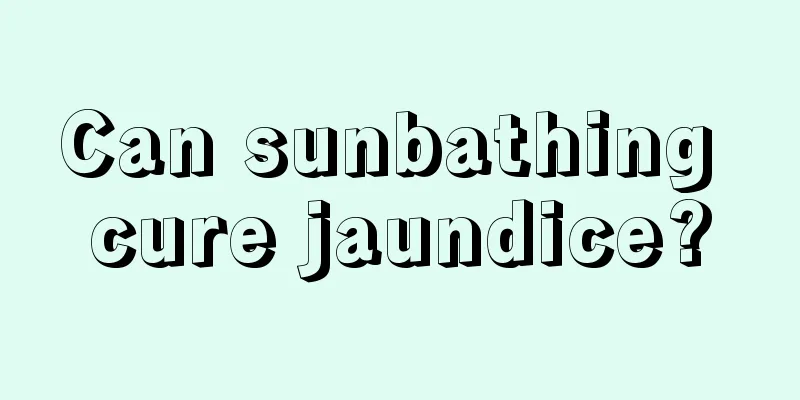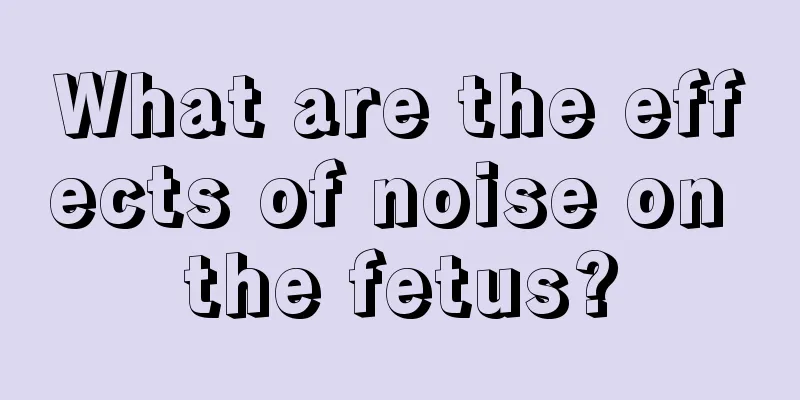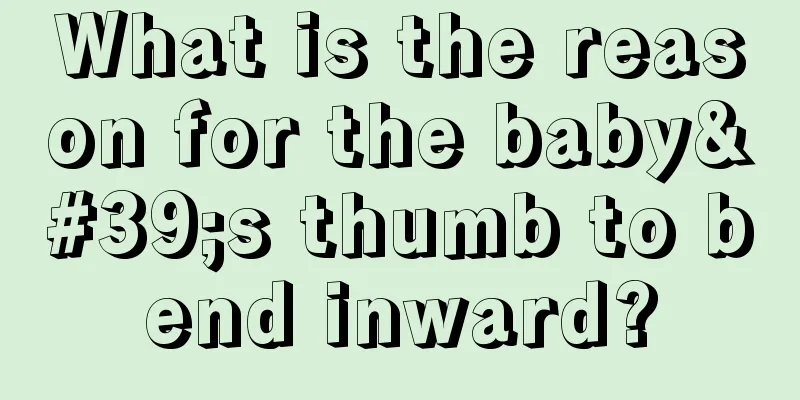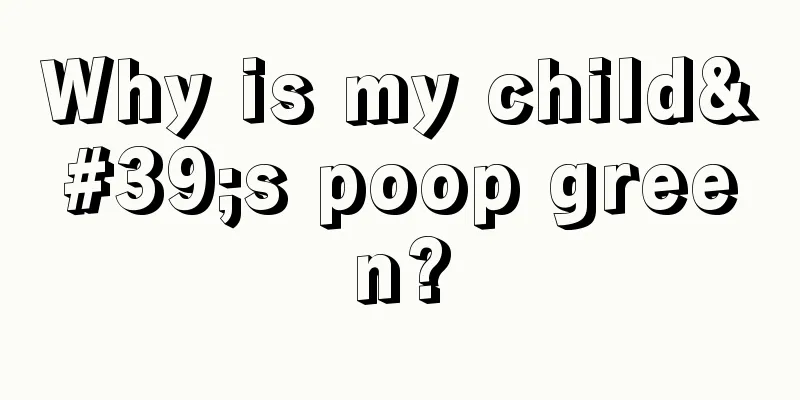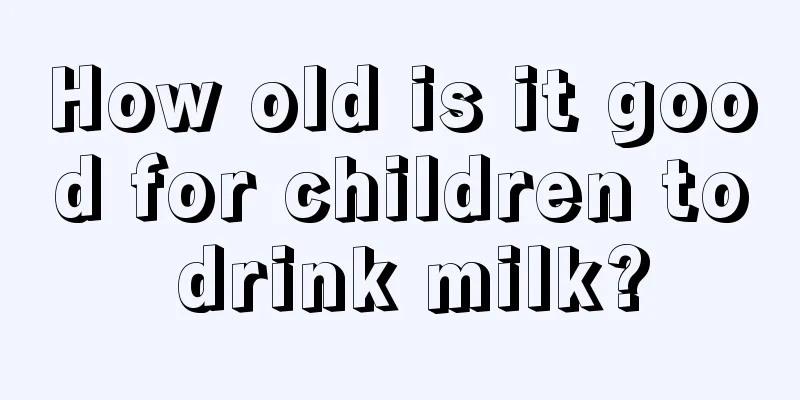Early symptoms of epilepsy in children
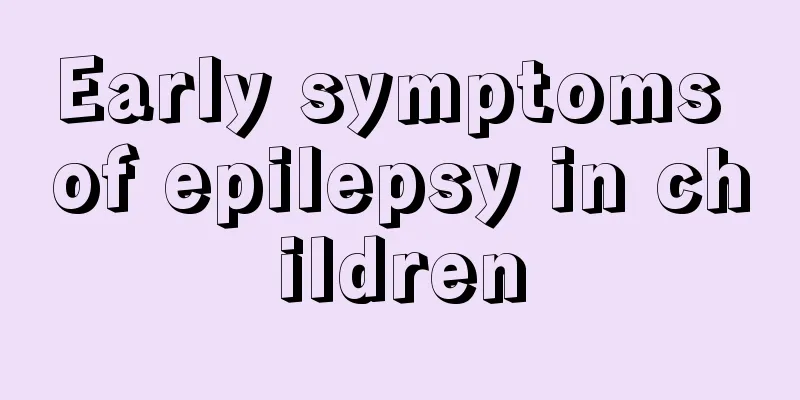
|
Epilepsy is a common disease of the nervous system. Generally, the incidence rate is highest in infants under one year old, and the incidence rate decreases gradually thereafter. Many parents do not understand the early symptoms of epilepsy and are unable to judge whether some of their children's symptoms are symptoms of epilepsy. Below we will introduce the early symptoms of childhood epilepsy to parents so that everyone can learn more about them and know what to do when an epileptic seizure occurs. 1. Early symptoms of epilepsy in childrenEarly symptoms of childhood epilepsy: The child's head sweats excessively during feeding and sleeping. Due to the stimulation of sweat, the child likes to shake his head. When you shake your head, the back of your head is rubbed, which can cause hair loss over time. In addition, the child is restless and easily awakened during sleep. 2. Grand mal seizures in children are also called generalized tonic-clonic seizures During a major seizure, there is sudden loss of consciousness, tonic-clonic convulsions all over the body, respiratory arrest, foaming at the mouth, twitching of the limbs, and may be accompanied by tongue biting and urinary incontinence. It lasts for 1 to 5 minutes, and you fall asleep after the twitching stops. After waking up, he had a headache and weakness, and had no memory of the attack.
Symptoms include short twitches or numbness and tingling in the corner of the mouth, eyelids, fingers, toes, or one side of the face and extremities opposite to the lesion. The twitching may sometimes spread from the fingers to the upper limbs and then to the opposite side. Symptoms last for more than a few minutes. There is no loss of consciousness during an attack. 4. Myoclonic seizures The children experience sudden, powerful, and rapid twitching of a muscle or muscle group. Some are local, while others can cause twitching of one or both sides of the limbs. Objects held in the hands may fall or be thrown out during the twitching. When the trunk muscles are affected, the patient may nod his head suddenly and frequently, bend over or lean back, or suddenly fall down when standing.
Absence seizures occur between the ages of 5 and 7, and are characterized by brief disturbances of consciousness that occur suddenly and stop suddenly, without tics. During an attack, the child will remain motionless, look slightly pale, suspend speech, be unable to hold objects with his hands, and sometimes become unsteady on his feet. The disease occurs frequently and the intelligence is normal. It usually lasts from 2 to 15 seconds. 6. Febrile convulsions Specific and common epilepsy syndromes in childhood. It is common in infants and young children aged 6 months to 3 years. These children have no neurological symptoms before the onset of febrile convulsions and are in good condition in all other aspects. When the child has a fever due to certain triggering factors and the body temperature reaches 38.5-40℃ or higher, the child may experience systemic convulsions. There are twitching all around, the eyeballs are rolled up, there is cyanosis around the mouth, the patient is unconscious, and sometimes there is incontinence. Simple febrile seizures last no more than ten minutes and occur only once on the first day of high fever, with no drowsiness after the seizure is relieved. Complex seizures last a long time, and one fever can cause two or more seizures. There is a clear genetic tendency for febrile convulsions. |
<<: Bruise on baby's buttocks and back
>>: Symptoms of convulsions in two-month-old babies
Recommend
How to prevent children from having fever and convulsions?
When a child has a fever, it is still easy to cau...
How to treat urinary tract infection in children
Urinary tract infection in children will definite...
What causes cerebral palsy in children?
Cerebral palsy, whose full name is infantile cere...
How long can vaccinations be delayed?
Getting vaccinations is a very beneficial and imp...
What should I do if my baby has phlegm in his throat while sleeping?
Having phlegm in the throat is a very common phen...
What is the difference between pediatric acetaminophen capsules and granules?
Children's Paracetamol and Amantadine Granule...
What are the dangers of adenoids hypertrophy in 3-year-old babies?
Adenoids are one of the important parts of the hu...
What to do if your child has thyroiditis
Children are very likely to suffer from thyroidit...
Newborn baby redness
Anyone who has watched TV knows that many newborn...
Why do children keep spitting up milk?
For many new parents, taking care of a newborn ba...
What causes shortness of breath in newborns?
The arrival of a newborn is a godsend for you par...
What should I do if my baby can't swallow?
Parents need to train their babies in different s...
Why is the boy's penis red and swollen?
The urinary system of children is more fragile th...
How to change milk powder for newborns
It is not recommended to change milk powder for n...
The dangers of rhinitis in children
Children are the key protected objects in the fam...

